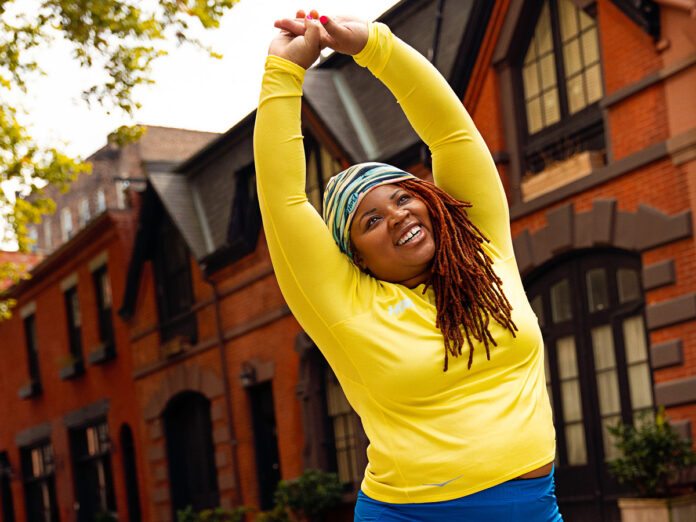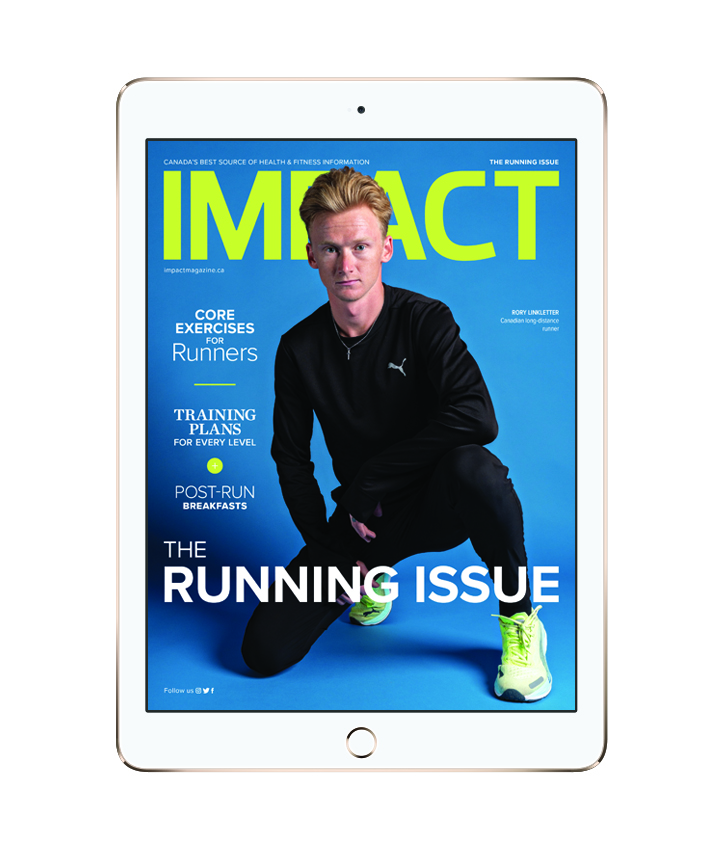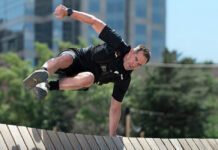
Latoya Shauntay Snell remembers the time well. It was about a week before Hurricane Sandy hit land and devastated the U.S. that Snell received a devastating diagnosis of her own.
Snell’s doctor told her that she had an L5-S1 herniated disc and that she would begin to lose mobility.
“The idea of losing my mobility for a temporary amount of time was devastating, but the way that my doctor was framing it was, ‘you have a couple of years of mobility, and you’re possibly going to go into a state where you won’t be able to use your legs,’” says Snell.
As a recent graduate from culinary school facing demanding hours and constant standing, this diagnosis meant the end of her career before it even began. Pain from her herniated disk had forced her onto short-term disability, but now she faced the reality of being on disability long-term. A shocking thought being in her 20s, Snell fell into a depression.
Then, on May 25, 2013, while scrolling social media, she came upon a fitness coach’s account. She was impressed with the coach’s level of fitness, but that wasn’t what gave Snell her “a-ha” moment. Rather it was the joy that the coach exuberated with each movement. It was then that Snell realized her journey could be about the joy of movement rather than just losing weight.
With the assistance of physical therapy, Snell became active. She started slowly by weaving in walking and biking. In the first year, she lost 100 lbs. She fell in love with running, began training for her first half-marathon and joined a running group called Black Girls Run.
Snell recalls the positivity and support that the group gave her. They taught her the basics of running. They taught her to breathe—to trust—in herself and in others.
When one person believes in you, that’s enough to spark something within yourself.
“When you’re in that environment, you’re not just running on your own. You’re leaning on your community – for someone to give you those words of encouragement, to give you that support and comradery. That’s really what kept me in that space,” she says.
Black Girls Run encouraged Snell to run a 10 km race first, with one woman from the group running the last 800 metres with her. Crossing the finish line was an emotional experience for Snell. As proud tears streamed down her cheeks, her running partner turned to her and asked when she planned to do a marathon.
Having not even completed her half-marathon yet, Snell was shocked. She laughed. She explains that she went into the race believing it would be a “one and done.” She wasn’t a runner and had no intention of being one. However, that one question—that one moment—changed things for her.
“When one person believes in you, that’s enough to spark something within yourself,” says Snell. “That was essentially how I got into long-distance running. I could actually see myself being in this for the long run. I could celebrate my gift of mobility – something my doctor told me I would not have.”
However, a dark cloud loomed over Snell’s success. She was suffering from a serious eating disorder. She was down 170 lbs, working out six days a week for two to three hours a day and surviving off 1,200 – 1,400 calories. To top it off, she was receiving backlash online, criticizing her for her weight loss. She was told she was too skinny. She had lost too much weight. She was even accused of having a drug addiction.
While training for her first marathon, Snell ended up in the hospital, which became a turning point in her fitness journey. She wasn’t happy, and she was ready to change her relationship with food and drop the stigmas and shame.
That is when Snell launched her blog, Running Fat Chef, an open and honest dialogue where she shares both the highs and lows of her experiences and fitness journey.
The blog has been her liberation, a place where she can unapologetically show who she is and what drives her, along with the struggles she faces both mentally and physically. Snell still experiences pain from her herniated disk, and in 2017 she was diagnosed with endometriosis, which, at stage four, can sometimes prevent her from moving much at all.
However, she refuses to let her conditions define her, much less stop her. She has more than 200 running and obstacle course events under her belt, including more than 25 marathons, five ultra-marathons, and 25 half-marathons.
“There are going to be some moments where there is rain. There are going to be some moments that it seems like the sunshine is not coming,” says Snell. “But I promise you, you can make your own sunshine. You can make the best out of your situation.”
Photography by W. Eric Snell, SNR.
You may also like: Athletes with IMPACT

Read This Story in Our 2023 Running Issue
Featuring Rory Linkletter, Canadian long-distance runner. Add to your bucket list with the top Destination Marathons Around the World. Train for 10 km right up to a marathon – plus a 70.3 program. Increase your strength and work your core with Canada’s Top Fitness Trainers. Enjoy plant-based, post-run breakfasts and so much more.
















